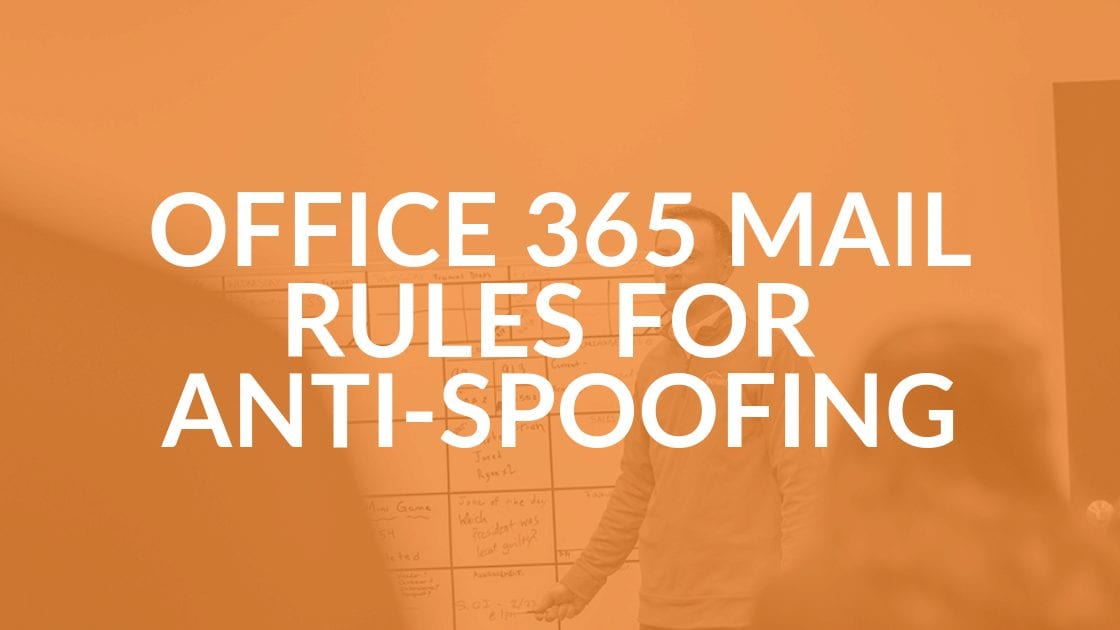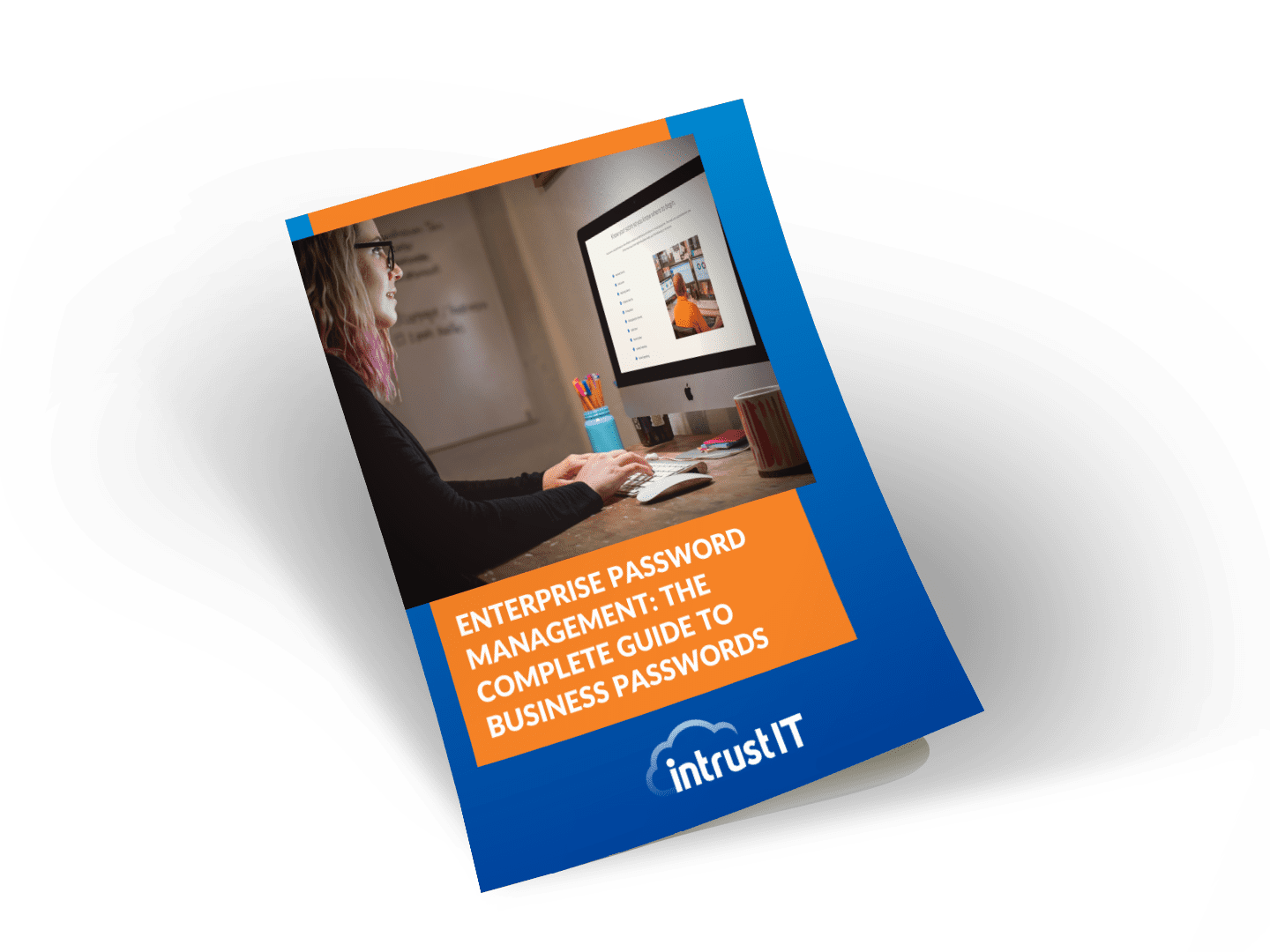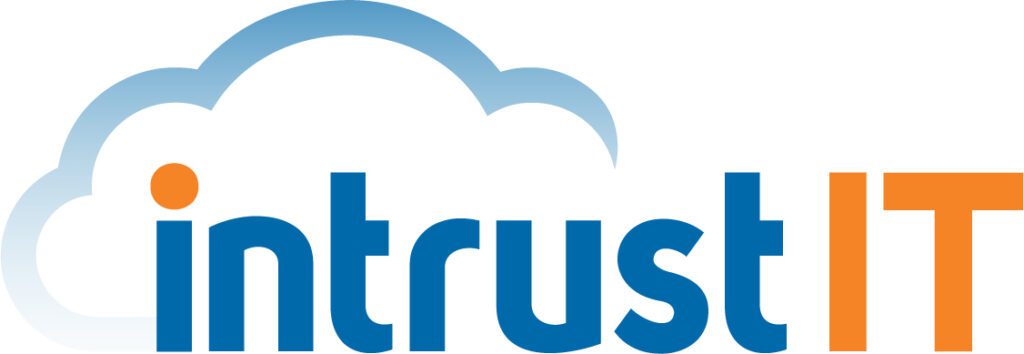Office 365 Mail Rules to Use for Anti-Spoofing

Fraudulent emails are becoming a common cyber threat. Anti-spoofing mail rules set up in Office 365 can help. In these phishing schemes, scammers research internal company names and send emails that look like they are coming from the CEO or someone else in the company. Typically the scam emails request a wire transfer or other proprietary information.
Office 365 Anti-Spoofing Protection
Office 365 mail rules can tag the email with a disclaimer to alert the recipient that it may be a scam. The rule can be set up so if an email is coming from outside the organization, but is from an internal domain, the disclaimer will be added to the top of the email. Here’s how to set up Office 365 Anti-Spoofing Mail Rules.
Office 365 Anti-Spoofing Set Up
To set up the mail rule:
- Log into the Office 365 management portal.
- Open Exchange Management.
- Go to Mail Flow > Rules.
- Create a new rule if the sender is outside the organization and if the sender’s domain is one of your internal domains. Set the condition to Prepend the disclaimer and write a disclaimer explaining why the email is flagged as a spoofed email. See example below.
Here is the rule we set up:

Office 365 Anti-Spoofing Known External Services Exclusions
This Office 365 Anti-Spoofing Rule may add the disclaimer to emails from devices such as scanners and third-party services like Constant Contact. To set up your rule to not add the disclaimer to these:
- Click the add exception button in the rule and specify the sender.

This simple anti-spoofing rule adds a great amount of security to email in Office 365 by providing a warning.
For more information on how you can use mail rules in Office 365 to tag and alert you to emails with spoofed senders, continue reading Is Your CEO a Fraud.
Here’s Microsoft’s Office 365 Anti-Spoofing Protection in EOP article.
Share this Blog

Is Your Name or Birthday a Part of Your Password?
If so, you’re a part of the 59 percent of people who don’t follow proper password hygiene. More than 70 percent of passwords are used for more than one system, meaning if cybercriminals crack one, they can access a lot more accounts.
Our free Enterprise Password Management Guide will give you the best password hygiene practices to help you secure your computer and your business.
Download the Guide
Explore the Latest Trends in IT

Edge vs Chrome Security: Which Is the Best Browser for Your Business?

Unlocking Security: The Power of Password Managers and Passkeys for Business Professionals

Intrust IT Acquires Commercial IT Support Division of Entegrity Consulting Group




